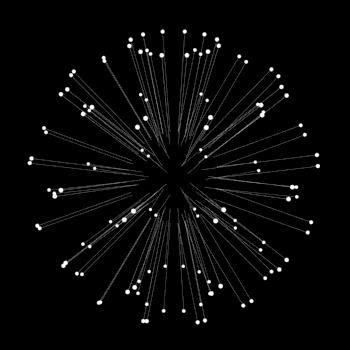Question #2a70b
3 Answers
Explanation:
Assuming that you are saying
Oxygen has a molar mass of
One mole is
Explanation:
To find the number of particles (in this case atoms), we need to find the number of moles of oxygen atoms.
It's
Explanation:
Since we have
Hope this helps.. :)




